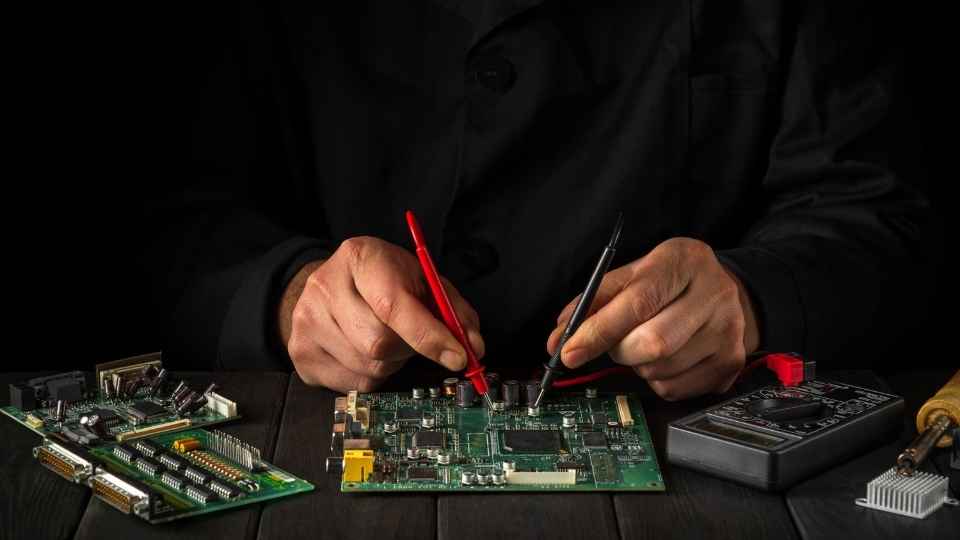
Did you know that over 80% of IoT developers rely on development boards for their projects?
In the ever-evolving world of technology, choosing the right board is crucial. This article explores three popular options: Beaglebone, Teensy, and ESP32.
Each board offers unique features and capabilities, making it challenging to determine which one reigns supreme.
By comparing their performance, versatility, and compatibility with accessories like those from Adafruit, we aim to provide valuable insights for developers seeking freedom in their projects' success.
Key Takeaways
- Beaglebone is a powerful and versatile development board with a high-performance ARM Cortex-A8 processor and robust connectivity options.
- Teensy is a compact development board with a high-speed USB connectivity and a rich set of libraries, making it easy to integrate with Arduino IDE.
- ESP32 is an IoT-focused development board with dual-core processors, integrated Wi-Fi and Bluetooth capabilities, and low power consumption.
- Adafruit offers a wide range of high-quality accessories for embedded systems development, including compact and feature-rich development boards and breakout boards for easy peripheral connectivity.
Beaglebone: A Versatile and Powerful Development Board
The Beaglebone development board is widely regarded as a versatile and powerful option for developers. It offers an impressive range of features, making it suitable for a variety of applications.
The board is based on the Texas Instruments Sitara AM335x ARM Cortex-A8 processor, which provides high performance and low power consumption. With its 1GHz clock speed and 512MB of DDR3 RAM, the Beaglebone can handle complex tasks with ease.
It also includes multiple connectivity options such as USB ports, Ethernet, HDMI, and GPIO pins, allowing developers to interface with various devices and peripherals. Additionally, the Beaglebone supports different operating systems like Linux and Android, providing freedom in choosing the preferred software environment for development projects.
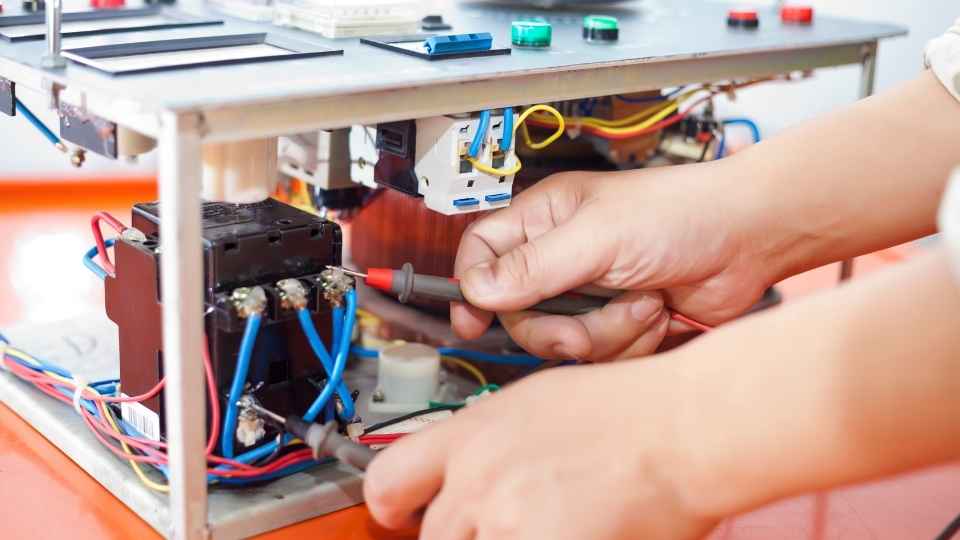
Overall, the Beaglebone stands out as a reliable and flexible choice for developers seeking a powerful development board.
Teensy: Unleashing the Power of Microcontrollers
Unleashing the power of microcontrollers, Teensy offers a wide range of features and capabilities for developers. With its compact size and Arduino compatibility, this development board provides an excellent platform for creating innovative projects. Here are some key reasons why Teensy stands out:
Powerful Processing: Equipped with a high-performance ARM Cortex-M4 processor, Teensy can handle complex tasks efficiently.
Abundance of I/O Pins: With up to 34 digital pins and multiple analog inputs, developers have plenty of options for connecting sensors, actuators, and other peripherals.
Built-in USB Support: Teensy boards come with built-in USB functionality that allows for easy programming and communication with other devices.
Extensive Library Support: The thriving open-source community around Teensy ensures access to a vast collection of libraries, making it easier to implement various functionalities.
Teensy empowers developers by providing them with the tools they need to bring their ideas to life while enjoying the freedom to explore endless possibilities.
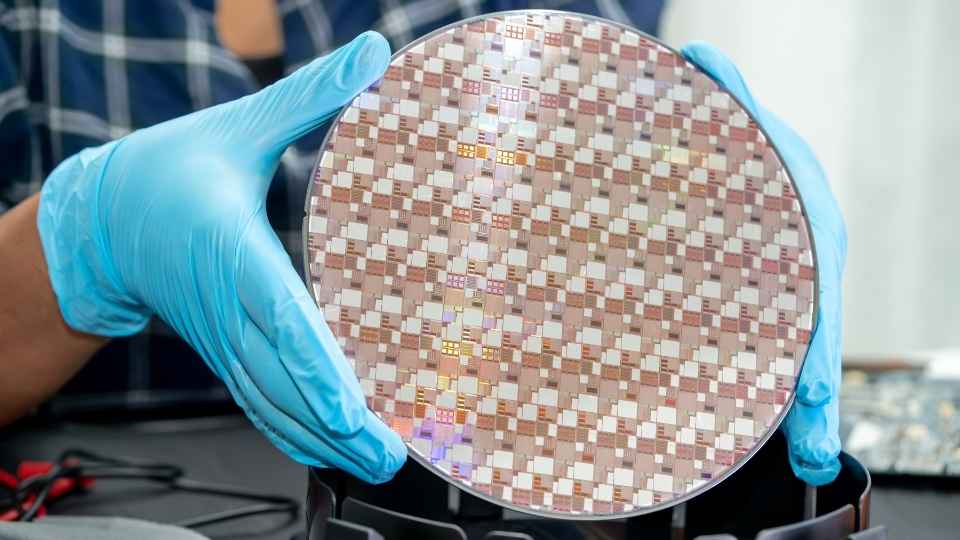
ESP32: Revolutionizing IoT Development
Revolutionizing IoT connectivity, the ESP32 offers a wealth of features and capabilities that make it an ideal choice for developers.
With its dual-core processor running at 240 MHz, Bluetooth and Wi-Fi capabilities, and low power consumption, the ESP32 excels in providing seamless connectivity for Internet of Things (IoT) applications.
Its rich set of peripherals, including GPIOs, ADCs, DACs, and I2C interfaces, enable developers to interface with various sensors and actuators.
The ESP32 also supports multiple communication protocols such as MQTT and CoAP, making it compatible with a wide range of IoT platforms.
Additionally, its open-source nature allows developers the freedom to modify and customize firmware according to their specific needs.
Overall, the ESP32's powerful performance and extensive features position it as a game-changer in IoT development.
When comparing the performance and features of the Beaglebone, Teensy, and ESP32 development boards, it is important to consider their respective strengths and weaknesses. Each board offers unique capabilities that cater to different requirements in the field of embedded systems development. Here are some key points to consider:
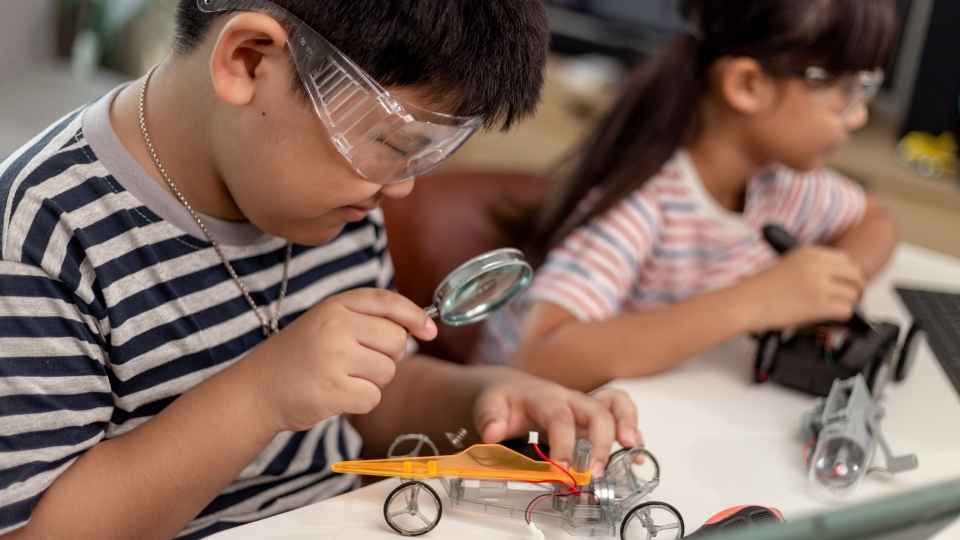
Beaglebone:
Powerful ARM Cortex-A8 processor
Excellent support for Linux-based systems
Robust connectivity options including Ethernet and USB ports
Extensive community support and documentation
Teensy:
Compact size with a wide range of form factors available
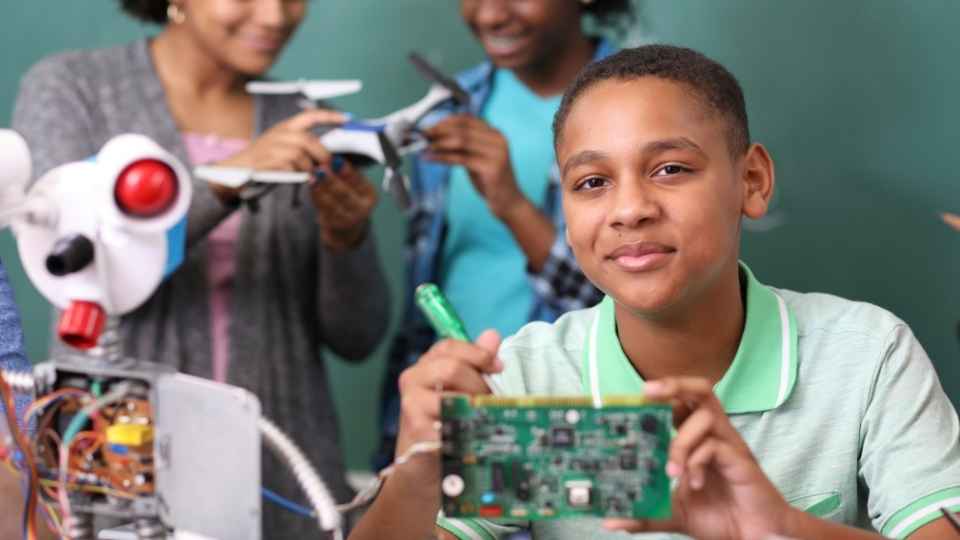
High-speed USB connectivity for rapid data transfer
Rich set of libraries for various applications
Easy integration with Arduino IDE
ESP32:
Dual-core Tensilica LX6 microprocessors for efficient multitasking
Integrated Wi-Fi and Bluetooth capabilities
Low power consumption ideal for battery-powered devices

Support for both Arduino IDE and Espressif's native SDK
Adafruit: Enhancing Development With High-Quality Accessories
Adafruit offers a wide range of high-quality accessories that enhance the development process and provide additional functionality for embedded systems. These accessories are designed to cater to the needs of developers who desire freedom in their projects, allowing them to explore and experiment with different functionalities.
From sensors and displays to power management solutions and connectivity modules, Adafruit provides an extensive selection of tools that can be integrated seamlessly into various development boards like Beaglebone, Teensy, or ESP32.
One notable accessory is the Adafruit Feather series, which offers compact and feature-rich development boards with built-in wireless capabilities such as Wi-Fi, Bluetooth, or LoRa. These boards come with preloaded software libraries, making it easier for developers to start prototyping right away.
Additionally, Adafruit also offers a variety of breakout boards that allow users to easily connect peripherals like sensors or actuators to their development boards.
With Adafruit's high-quality accessories, developers have the flexibility and freedom to create innovative embedded systems while enhancing their overall development process.
Frequently Asked Questions
What Are the Key Differences Between Beaglebone, Teensy, and ESP32 in Terms of Hardware Specifications?
The key differences between Beaglebone, Teensy, and ESP32 in terms of hardware specifications include processor speed, memory capacity, GPIO pins, communication interfaces, and power requirements. Each board offers unique features suited for different applications.
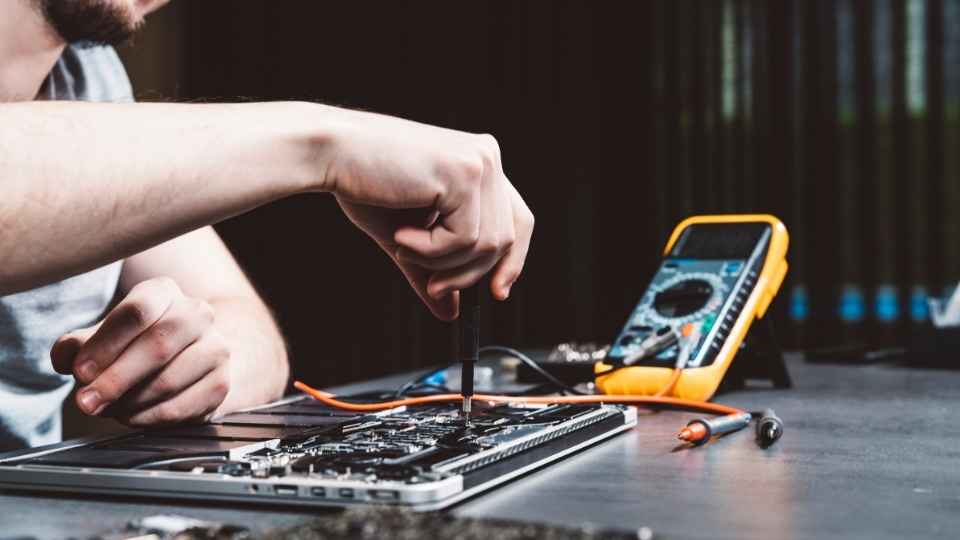
Can These Development Boards Be Programmed Using Different Programming Languages?
Yes, these development boards can be programmed using different programming languages. Each board has its own set of supported languages, providing developers with the freedom to choose the language that best suits their project requirements and preferences.
Are There Any Limitations or Compatibility Issues When Using These Boards With Different Operating Systems?
When using development boards like Beaglebone, Teensy, or ESP32 with different operating systems, there may be certain limitations or compatibility issues. It is important to consider the specific requirements and capabilities of each board and OS for optimal performance and functionality.
How Easy Is It to Connect Additional Sensors or Modules to These Development Boards?
Connecting additional sensors or modules to development boards such as Beaglebone, Teensy, or ESP32 is generally straightforward and well-documented. These boards typically offer various communication interfaces like I2C, SPI, and UART that allow seamless integration of external components for expanded functionality.
Can These Boards Be Used for Commercial Projects or Are They Mainly Intended for Hobbyist Use?
These development boards can be used for both commercial projects and hobbyist use. Their versatility, performance capabilities, and ease of integration with additional sensors or modules make them suitable for a wide range of applications in various industries.
 Basic Electronics ConceptsEssential ToolsCircuit Design BasicsMicrocontrollersDIY Electronics ProjectsRoboticsPrivacy PolicyTerms And Conditions
Basic Electronics ConceptsEssential ToolsCircuit Design BasicsMicrocontrollersDIY Electronics ProjectsRoboticsPrivacy PolicyTerms And Conditions
